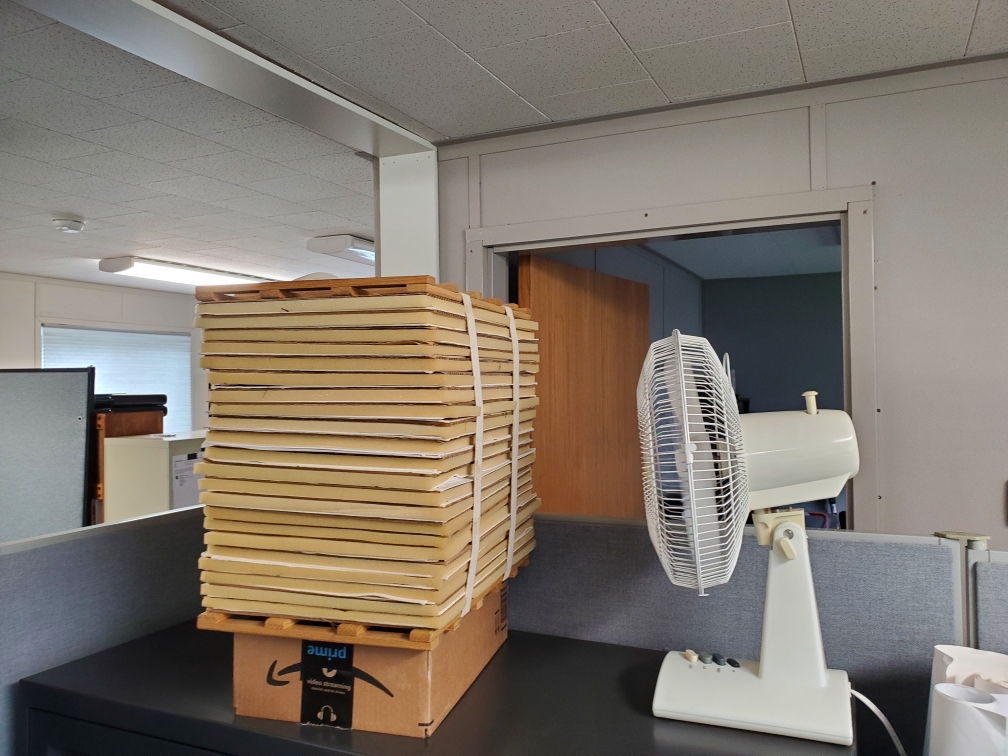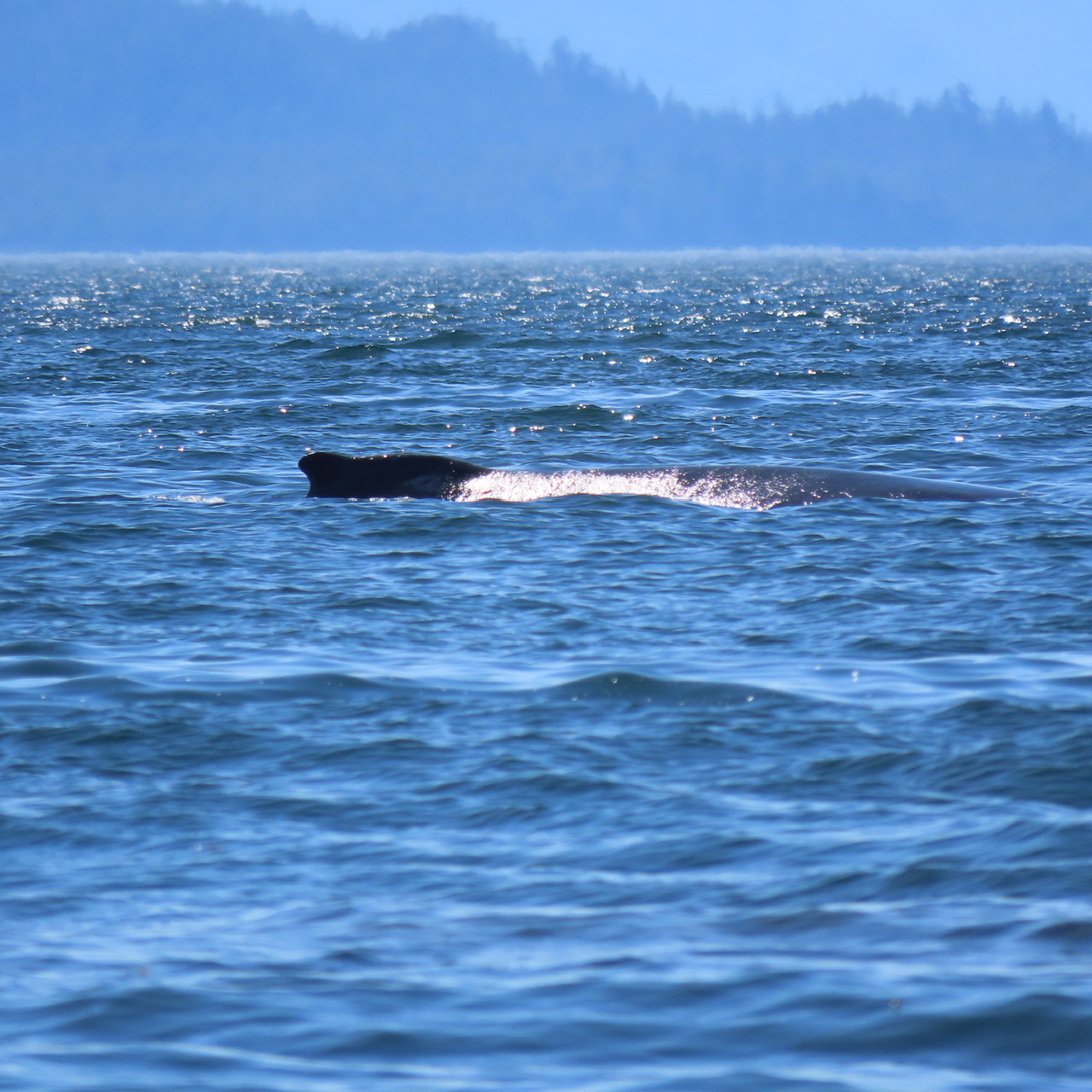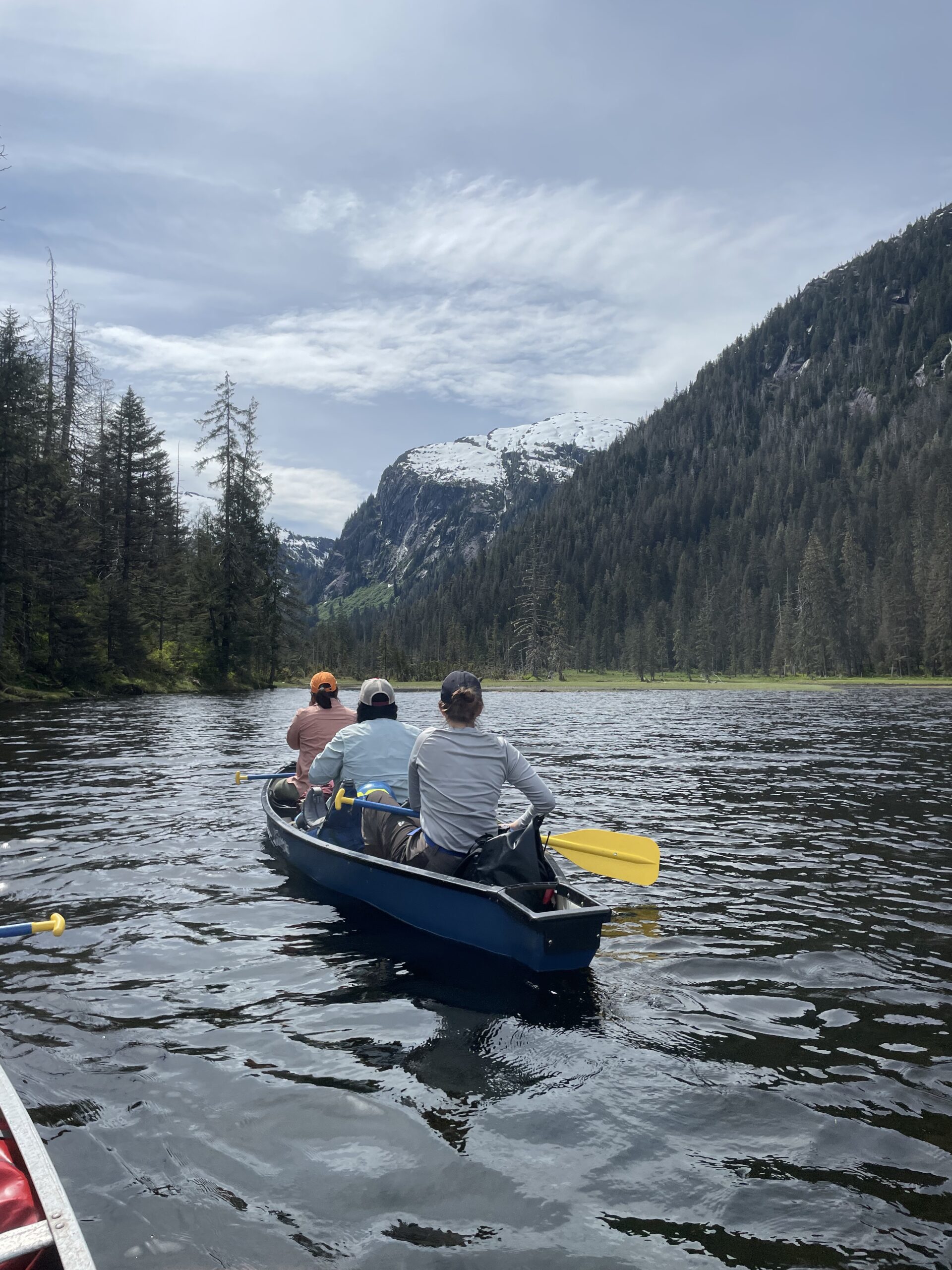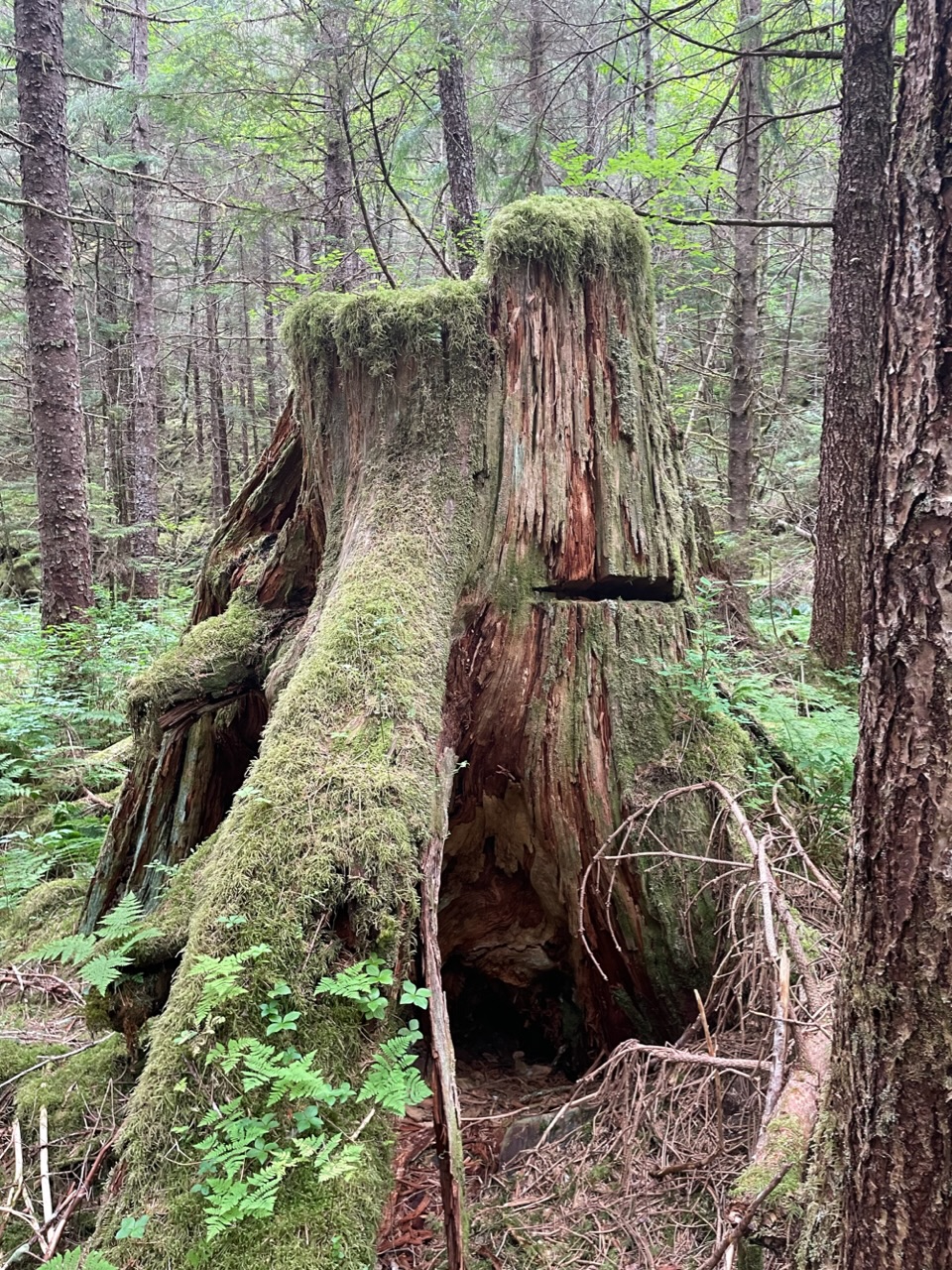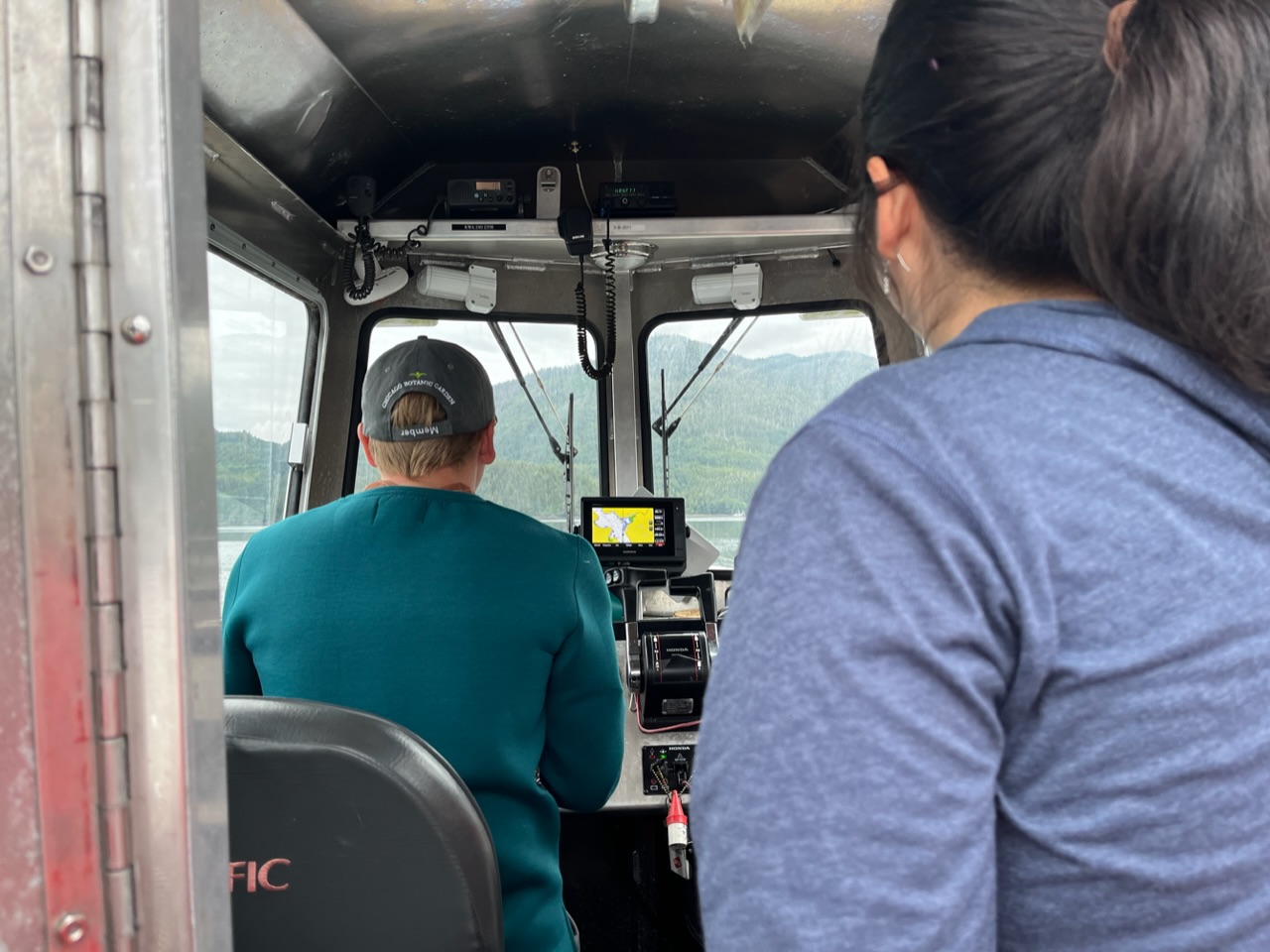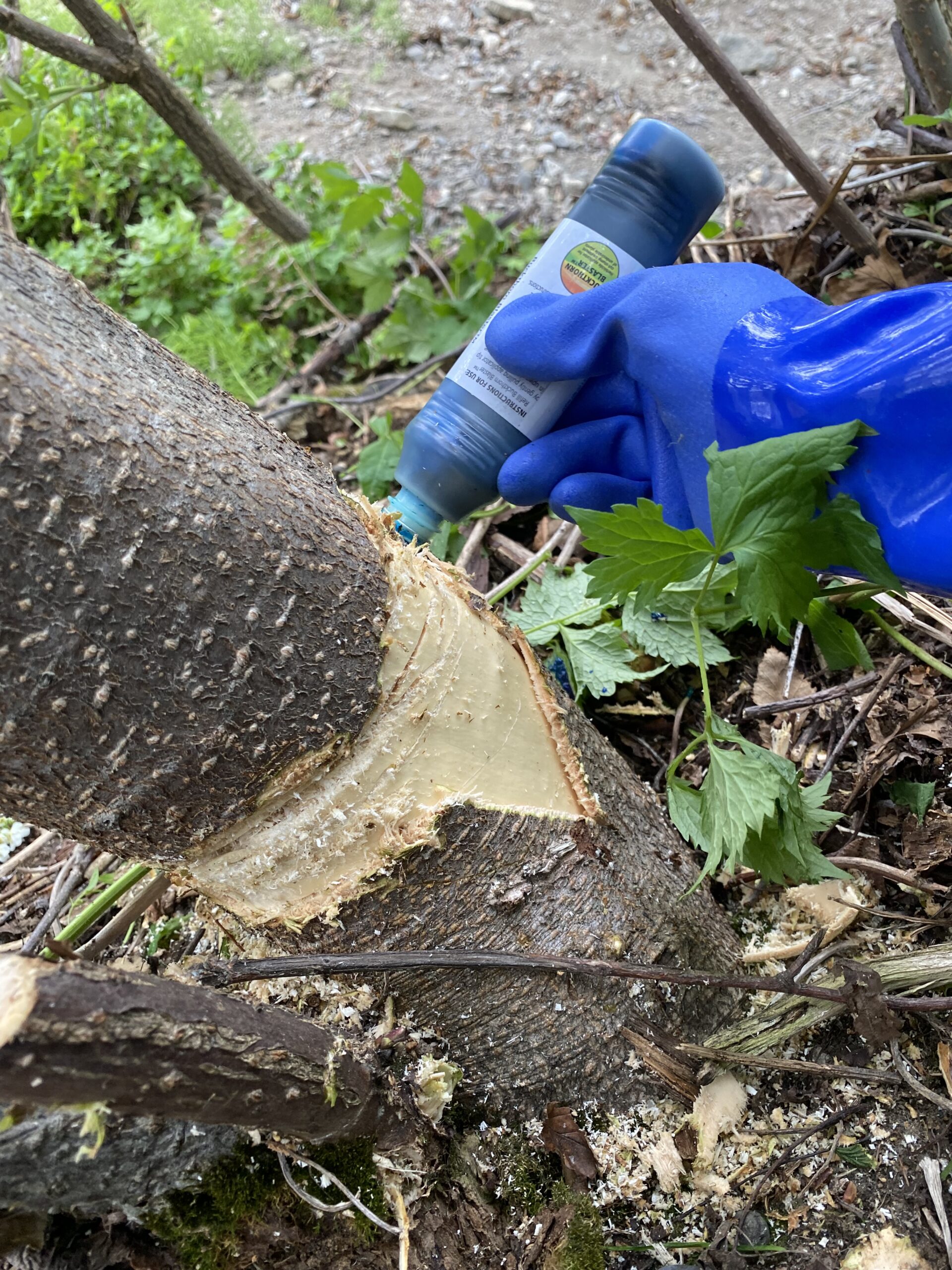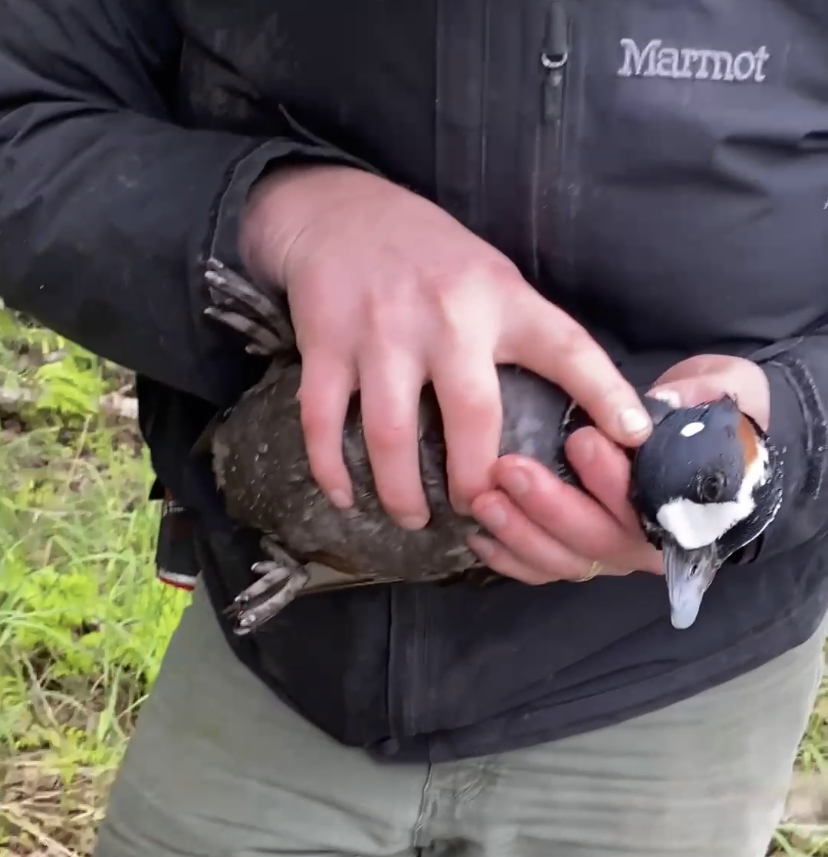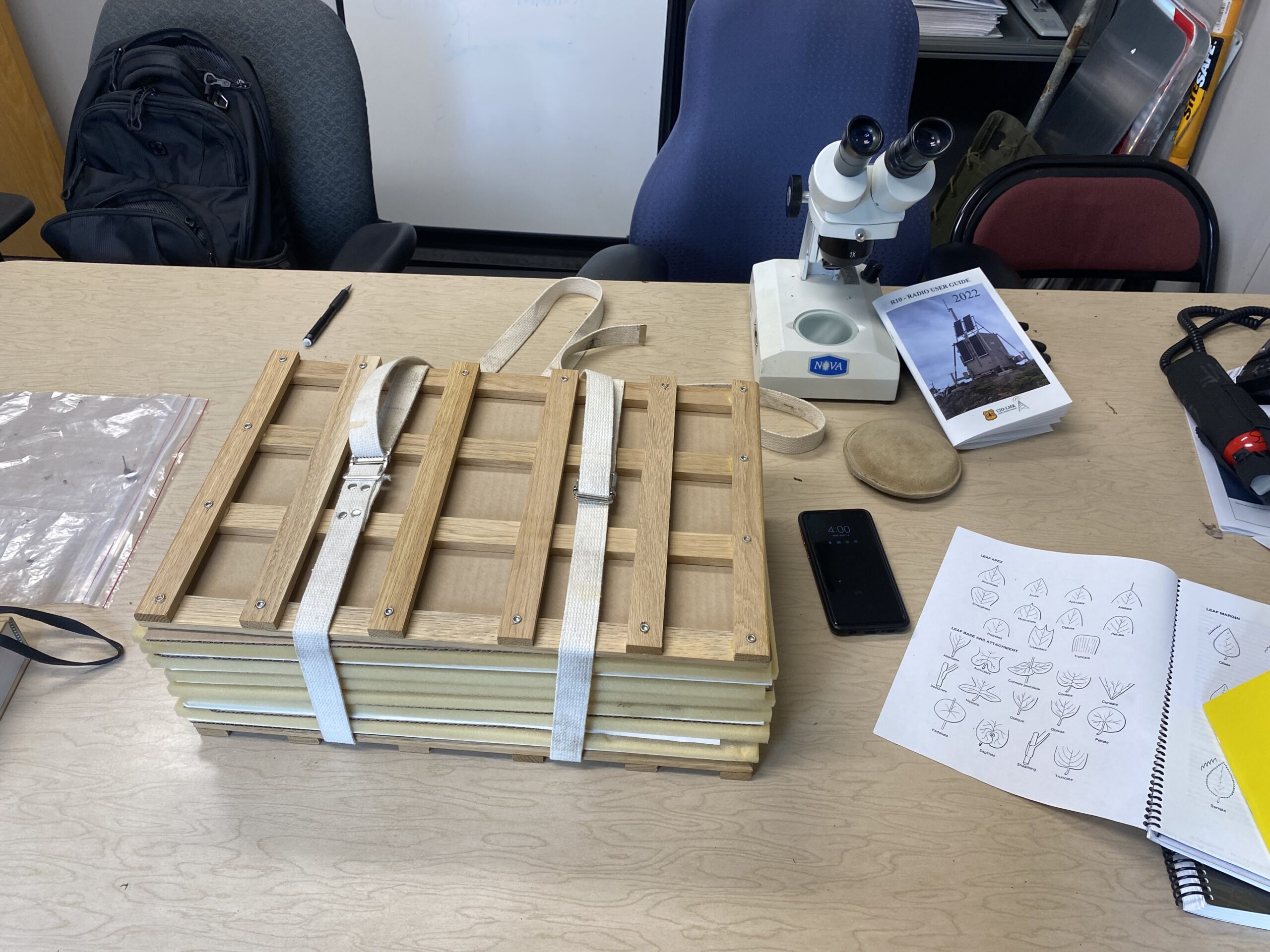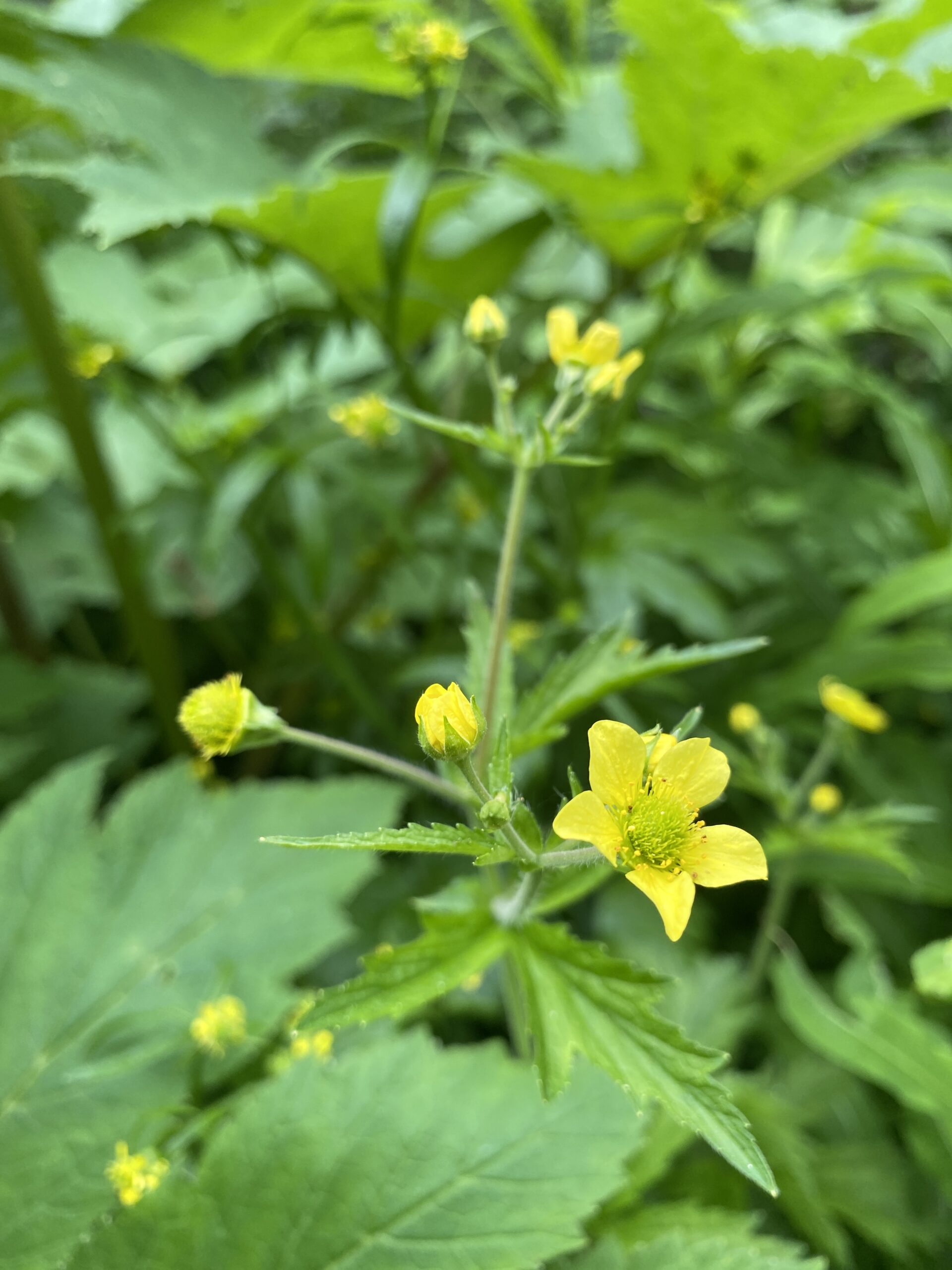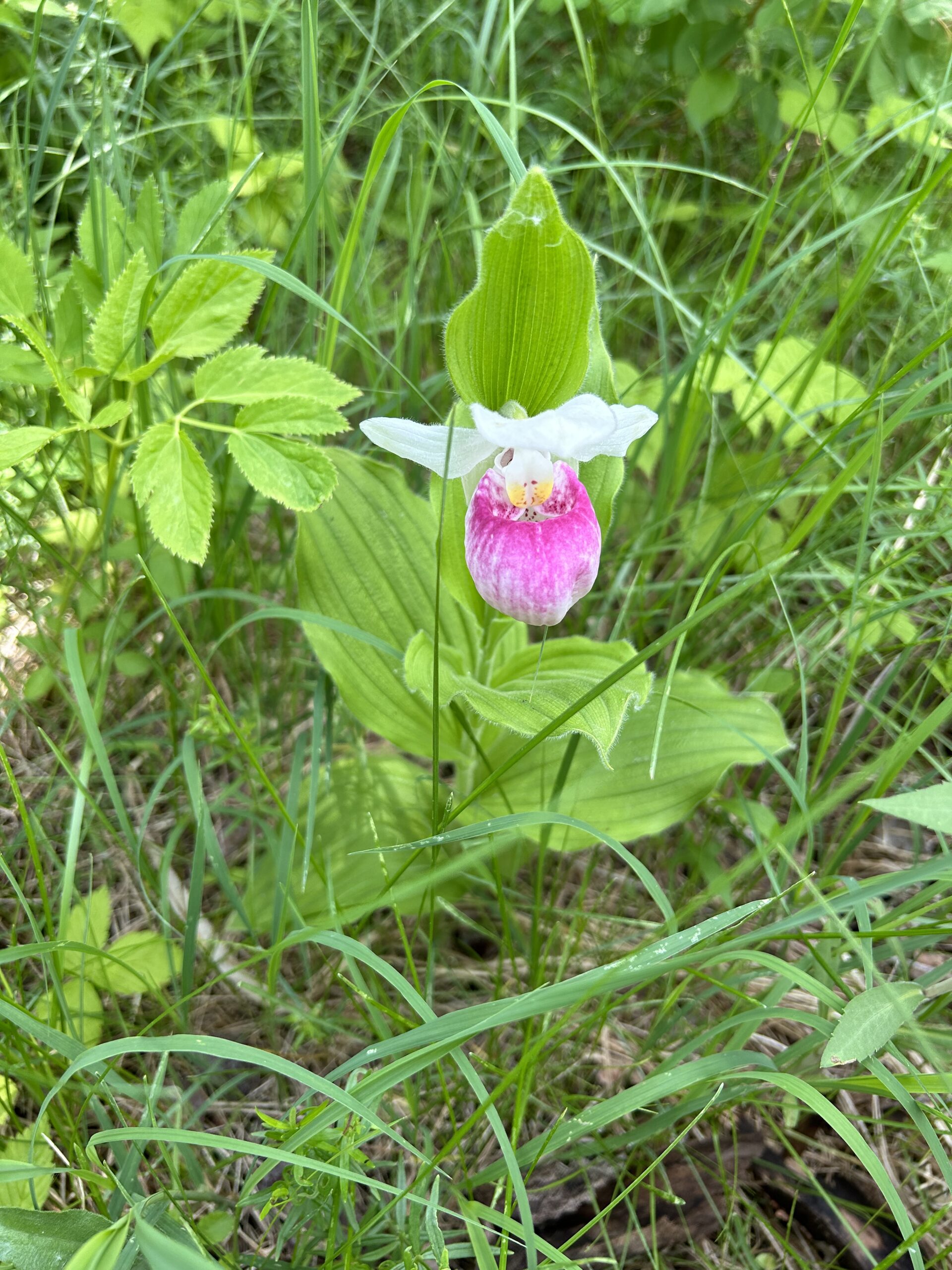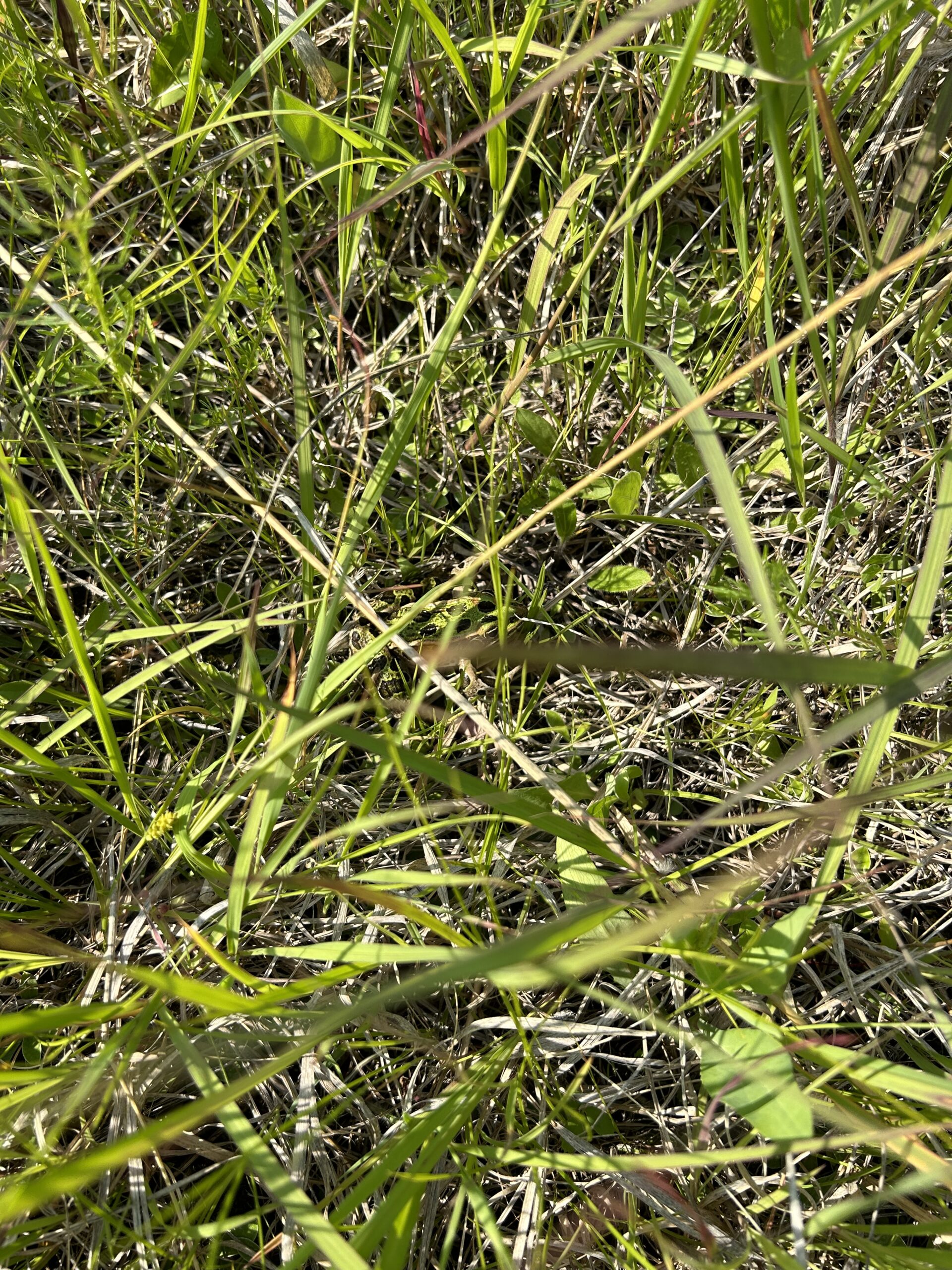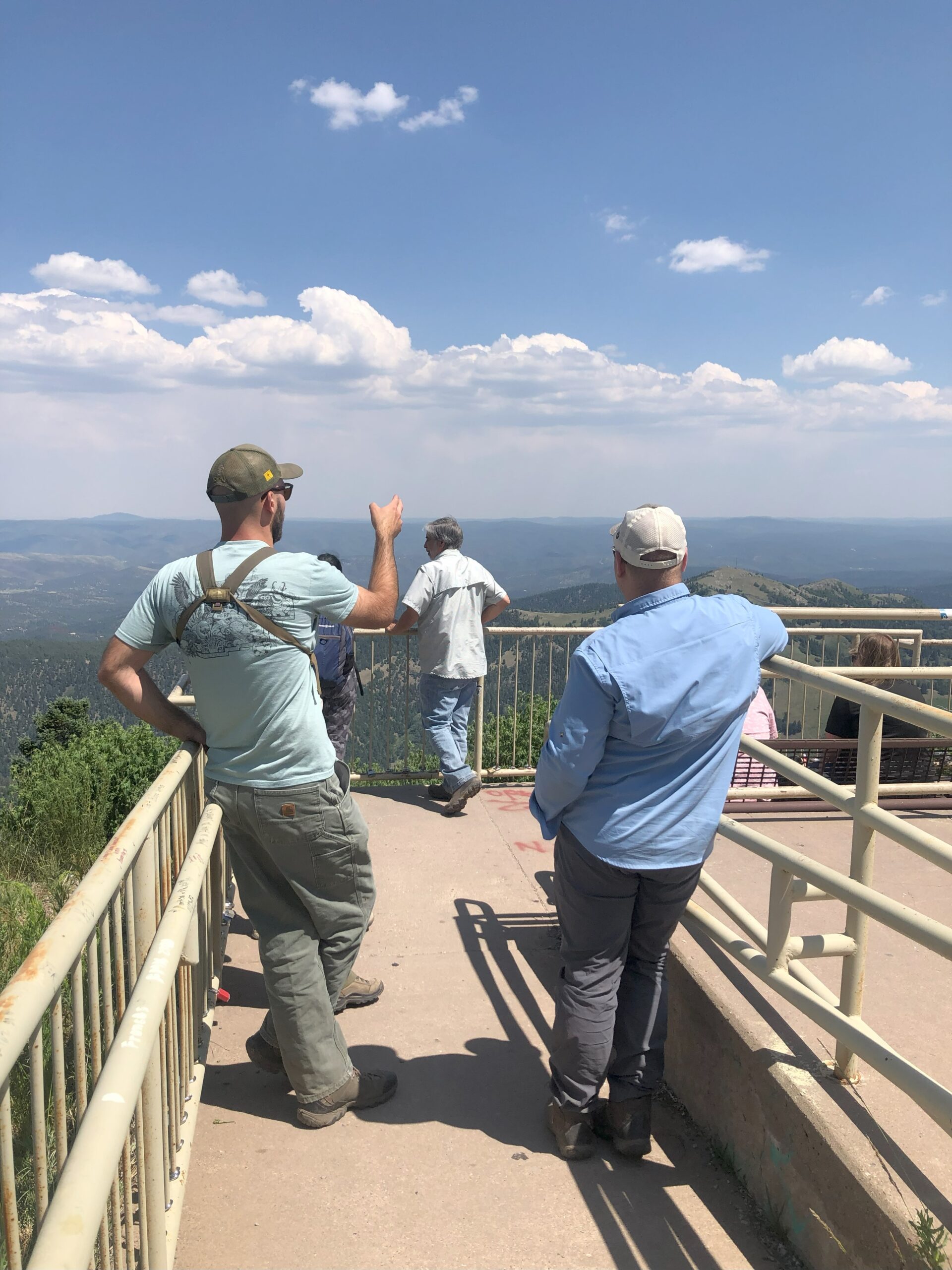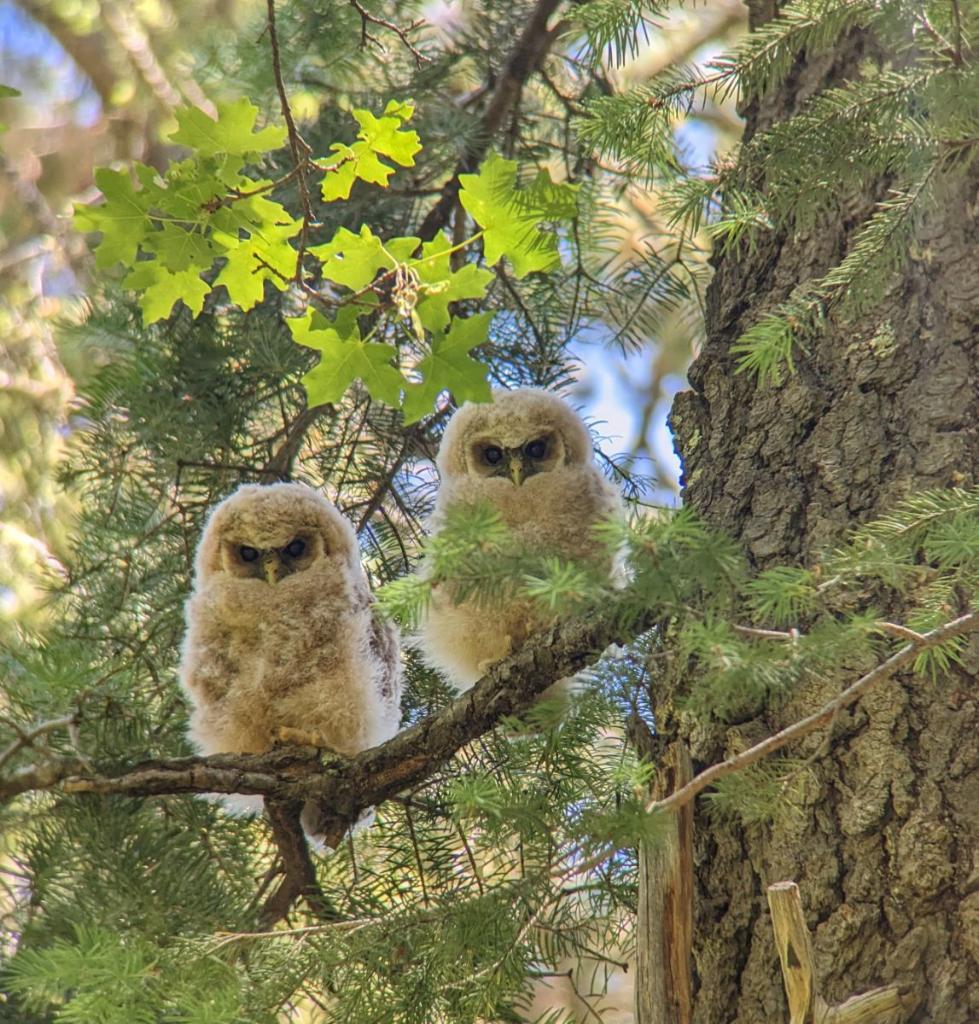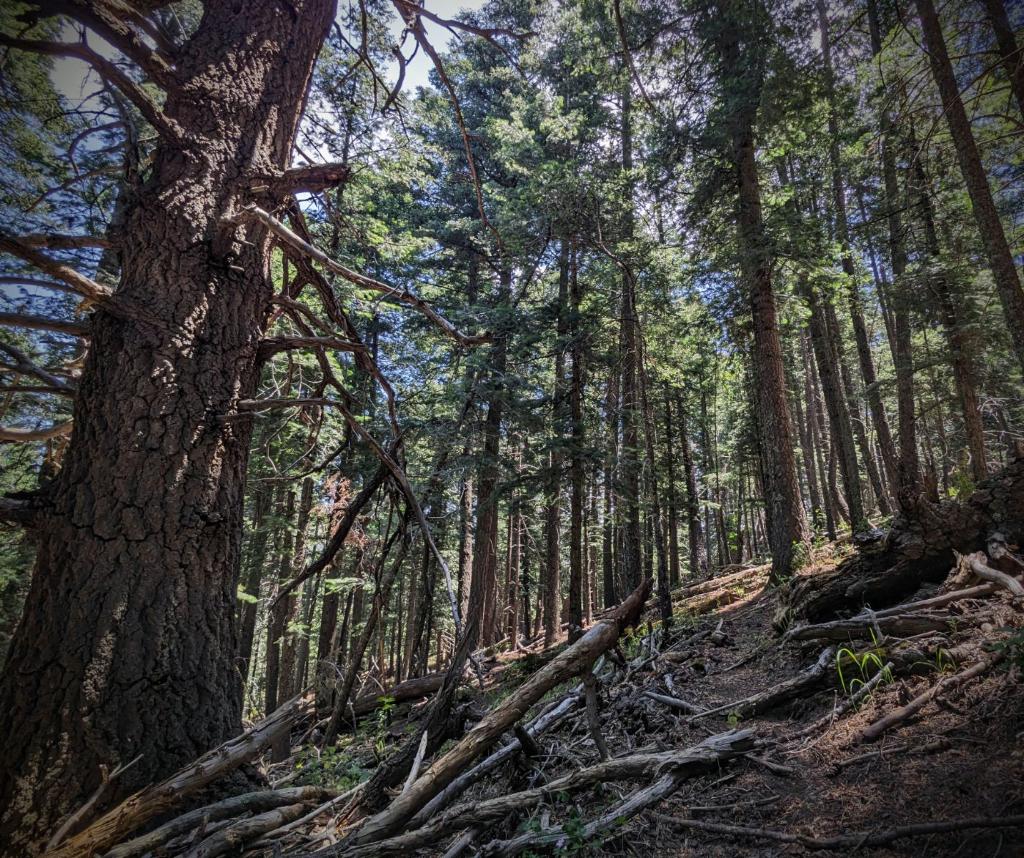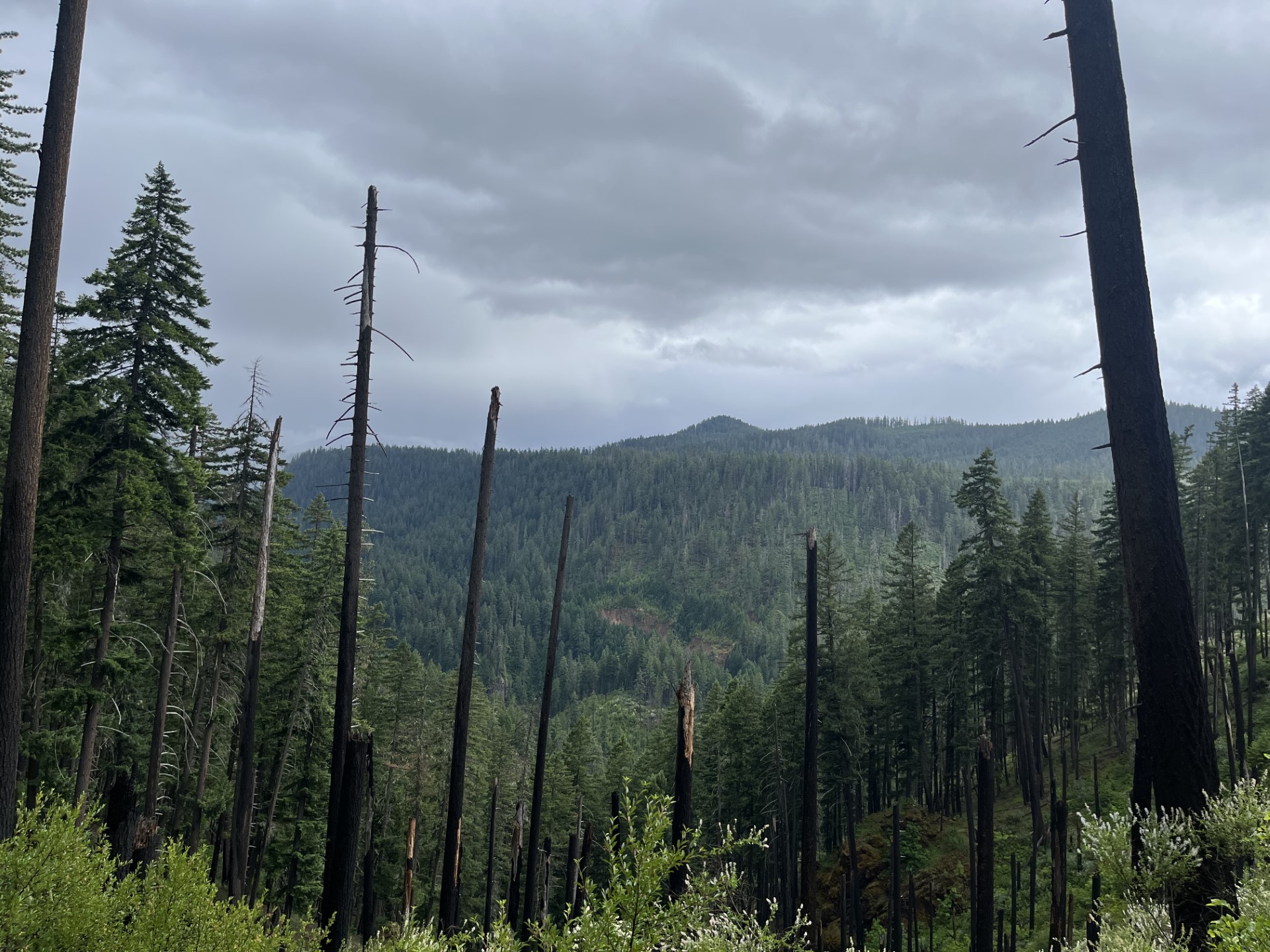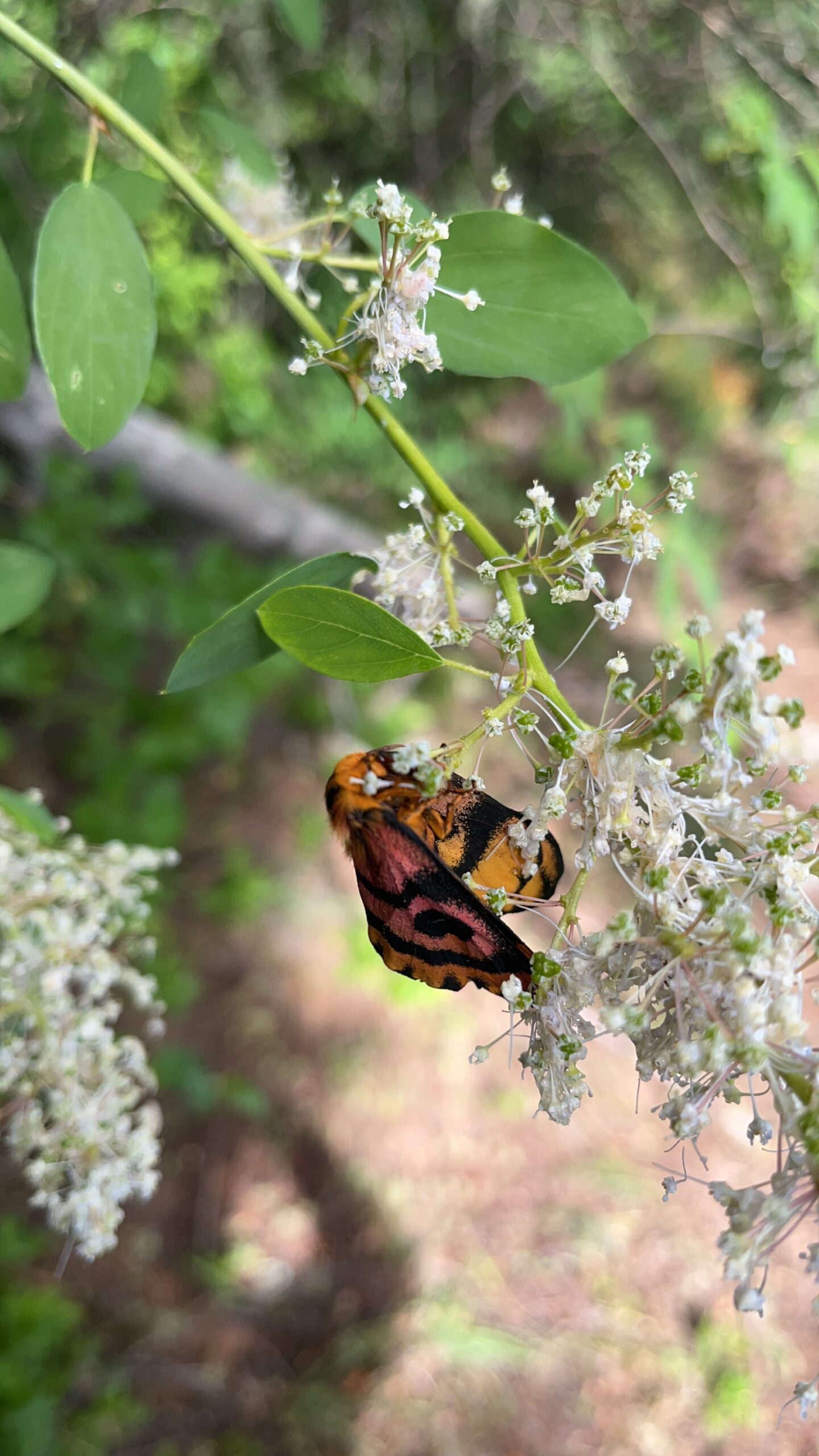Much of what we saw on our early hikes up near Moose Pass, AK were the opening fiddle head ferns just barely rising out of the ground. According to our mentor, this spring is unlike most with all the cool temperatures and rain. It took until late June for plants to start flowering. Overall, Josh and I have counted 3 days that we’ve seen the sun shine where we live off Kenai Lake. This has been a blessing and a curse, as it has given us ample time to practice and prepare, but also shortens our window for our seed collections.
Up until this point, we have been floating around different departments to help with projects. One of them involved putting up fencing along the Russian River to prevent any damage or loss to the vegetation along the bank during sport fishing season, where ~150,000 people come to this small campground area to fish over the course of two months. Another project we worked on was treating European Bird Cherry, Prunus padus. In a team of about 4 people, we went in to off-trail National Forest land areas around Hope, AK to find invasive Bird Cherry trees and used Field Maps to create a polygon and record data. The actual treatment entailed hand sawing the smaller saplings and hanging them about 4 feet above the ground to prevent regrowth from the nodes. Herbicide was also applied by our mentor. Another project we participated in was goshawk surveying. This ongoing project focuses on goshawk nesting habitat because habitat degradation is understood to be one of the primary causes of reduced breeding goshawks, thus making it a sensitive and rare species. This process involves going out to previously recorded nest sites, playing a goshawk distress call to see if one shows up, and checking the area for hatchling feathers and fresh feces near the base of the old nests.
One of the areas we are covering for a plant phenology project on iNaturalist is the Trail of Blue Ice, where you’re able to see glaciers that hang from the gullies and ravines in the mountains that border the portage valley. Although there isn’t much flowering right now, we were able to observe small populations of Achillea millefolium, Lupinus nootkatensis, and Geum macrophyllum from our priority species list that are just beginning to bud. We also found Carex macrochaeta, which is common along some of the trails we have hiked. After verifying the species and discussing with our mentor, we agreed that it should be included in our priority species list, as it is a wetland indicator. Because this is the first year the Chugach has had seed collectors, it has been quite exciting to bust out the old plant presses and be a part of building the foundation for future CLM interns.
https://www.inaturalist.org/projects/trail-of-blue-ice-wildflower-viewing-area
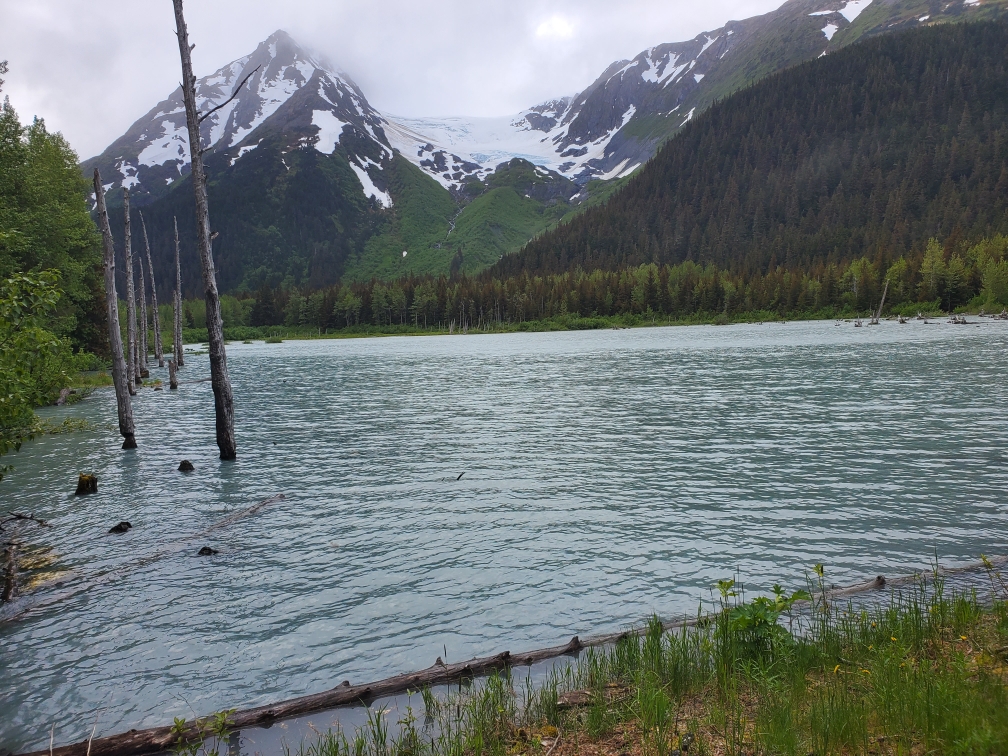
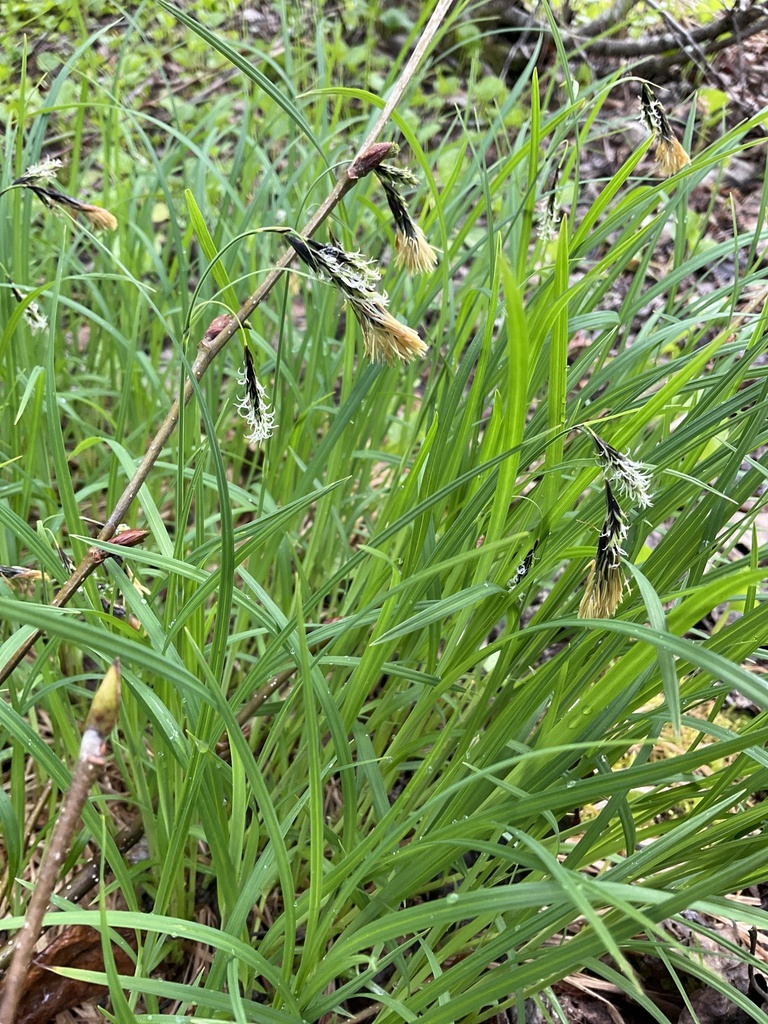
We have be able to document collection sites for about 7 species on our list. I expect to collect Lupinus nootkatensis seeds first, as they are starting to fruit. We have also practiced collecting data and pressing plants for voucher specimens, which has been another challenge to dry out the material in this humid environment. I cant wait for what July will bring!
